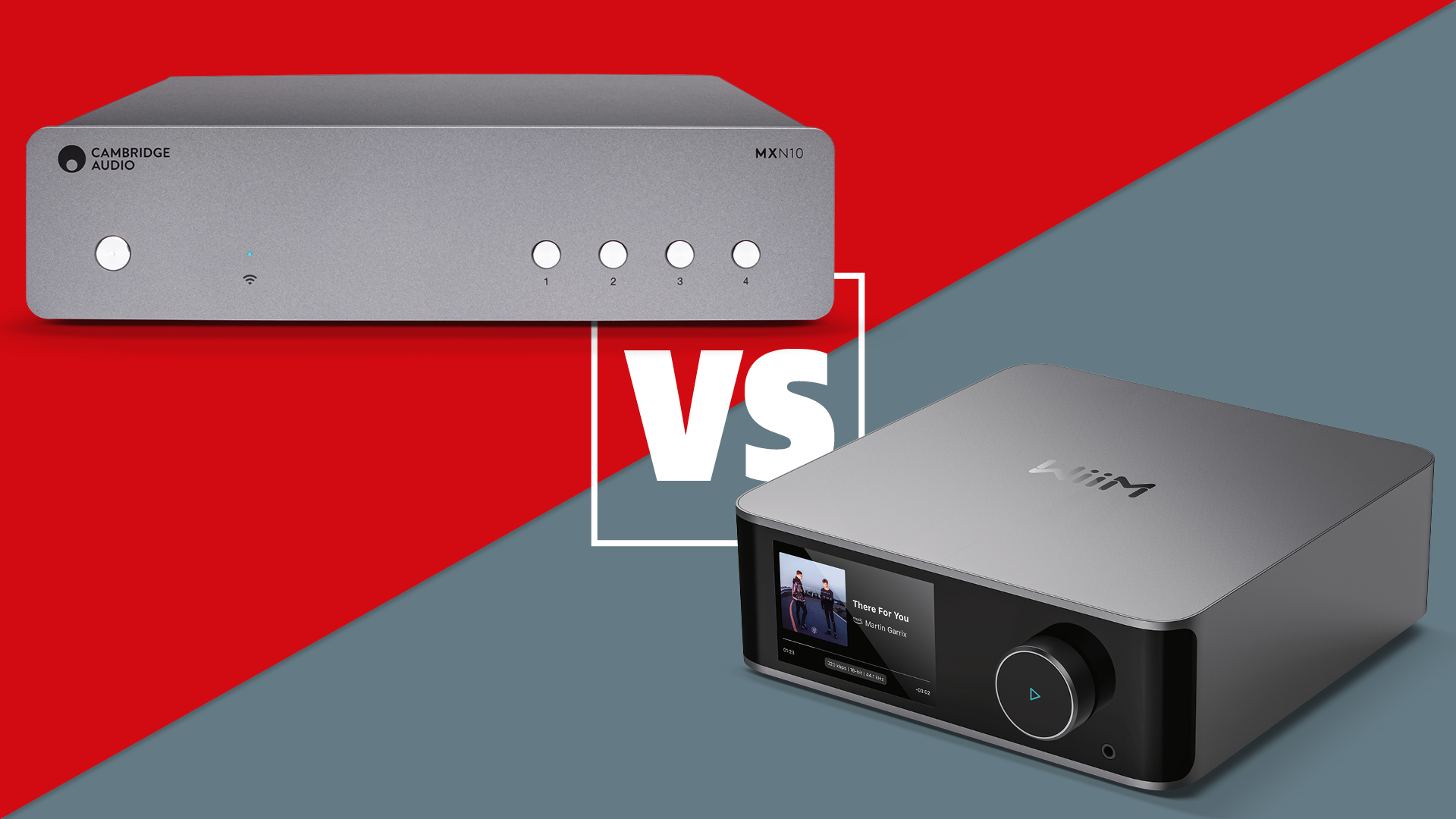Samsung TV boss: LCD can hold off OLED for many years
2007 LCD screens will be better, thinner and more energy-efficient, and OLED still much too expensive to be viable as a mass consumer product


Speaking to WHFSV at Samsung's huge Suwon R&D complex here in Korea, HS Kim, Vice President in charge of Flat Panel Development, said that while Samsung was one of the leaders in OLED development, it would not sell the technology until it could be made at a price the consumer was willing to pay.
"We can make larger displays, and we may demonstrate a larger OLED TV at the CES show in January, though we haven't decided yet," he said, "But how much more would you be willing to pay for such a set?
"I'm sure that if we marketed such a set at ten times the price of current LCD TVs, which is what it would be now, no-one would buy it."
Instead, Kim says, Samsung will continue to develop its current plasma and LCD TVs, making them better, thinner and more energy efficient.
Technologies such as 200Hz working and LED backlighting will be expanded across the range, with some models using local dimming LED backlighting and LED edge-lighting.
Edge-lighting, with LEDs in the surround of the screen combining with a highly reflective back panel, allows displays to be made extremely thin: as Kim says, "Even if the OLED panel is only 3mm thick, the TV will need to be 25mm or so – we are getting close to that with LCD technology."
And he's confiident advances in the reduction of power consumption will also eat into OLED's perceievd advantage in that area.
Get the What Hi-Fi? Newsletter
The latest hi-fi, home cinema and tech news, reviews, buying advice and deals, direct to your inbox.
Here at Suwon we were shown samples of 2009 models demonstrating that next year's 55in LCDs will only consume as much power as this year's 32in model. Kim's view? "Again, an OLED TV will consume around 50W; we're near to that with next year's 40in LCDs."
His sum-up? "OLED has a long way to go, technology-wise and cost-wise. It's coming, but we just don't know when it will be a viable consumer product."
And there's one other small point: Samsung's latest LCD panel plant cost it around $3bn to set up, and it has more on the way. Kim says gearing up for OLED production would involve a considerable further investment.
And that's a lot to gamble on a technology the company still considers way too expensive for most consumers.
